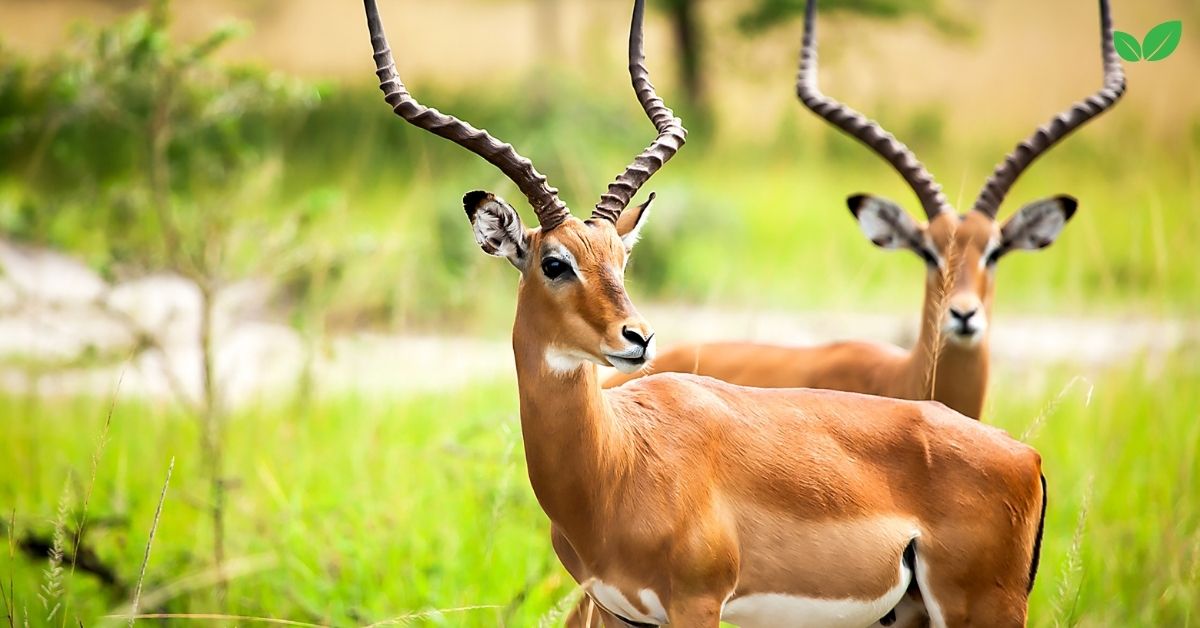African antelopes are among the most iconic and diverse animals on the continent, playing a vital role in maintaining the balance of ecosystems across savannas, grasslands, woodlands, and deserts. With over 70 species varying in size, behavior, and habitat preferences, antelopes are essential components of Africa’s rich biodiversity. These herbivorous mammals contribute to nutrient cycling, maintain vegetation structure, and serve as prey for numerous predators, forming a critical link in the food chain.
This article delves into the environmental niche of African antelopes, exploring their habitats, physical and behavioral adaptations, ecological roles, threats to their survival, and conservation efforts. By understanding their significance in African ecosystems, we can appreciate the importance of protecting these magnificent creatures and the landscapes they inhabit.
1. Introduction to African Antelopes
Antelopes are a diverse group of even-toed ungulates within the family Bovidae, which also includes cattle, sheep, and goats. They are primarily found in Africa, though some species inhabit parts of Asia. African antelopes range from the small and elusive dik-dik to the large and powerful eland. Their variety in size, morphology, and behavior reflects their adaptability to a wide range of environments.
Antelopes are central to the continent’s cultural heritage, depicted in African art, folklore, and traditions. Beyond their cultural value, they are crucial to ecosystem dynamics and are key indicators of environmental health.
2. Habitat and Distribution
African antelopes occupy a variety of habitats, each adapted to different environmental conditions.
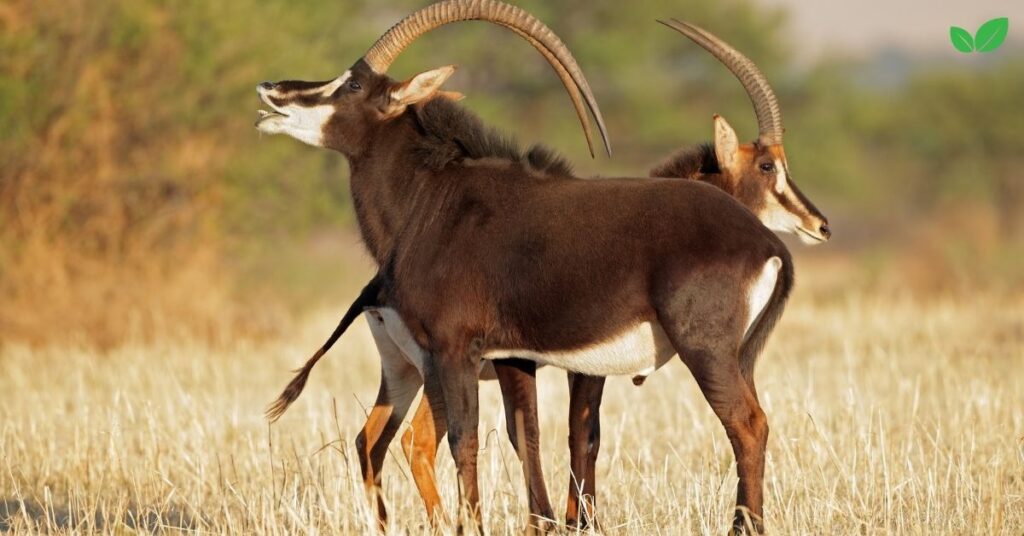
2.1 Savannas and Grasslands
The majority of African antelopes, such as the impala (Aepyceros melampus) and Thompson’s gazelle (Eudorcas thomsonii), are found in savannas and grasslands. These open landscapes provide ample grazing opportunities and allow antelopes to spot predators from a distance.
2.2 Woodlands and Forests
Species like the bushbuck (Tragelaphus scriptus) and bongo (Tragelaphus eurycerus) thrive in woodlands and dense forests, where their cryptic coloration and solitary behavior help them navigate and avoid predators.
2.3 Arid and Semi-Arid Regions
Adapted to harsh desert environments, species like the addax (Addax nasomaculatus) and oryx (Oryx dammah) can survive with minimal water and sparse vegetation. These antelopes have evolved specialized physiological mechanisms to conserve water and endure extreme heat.
2.4 Wetlands and Floodplains
Antelopes such as the sitatunga (Tragelaphus spekii) and lechwe (Kobus leche) inhabit wetlands and floodplains, relying on aquatic vegetation for sustenance. Their splayed hooves enable them to navigate marshy terrain with ease.
3. Physical and Behavioral Adaptations
The diversity of African antelopes is reflected in their adaptations, which enable them to thrive in their respective habitats.
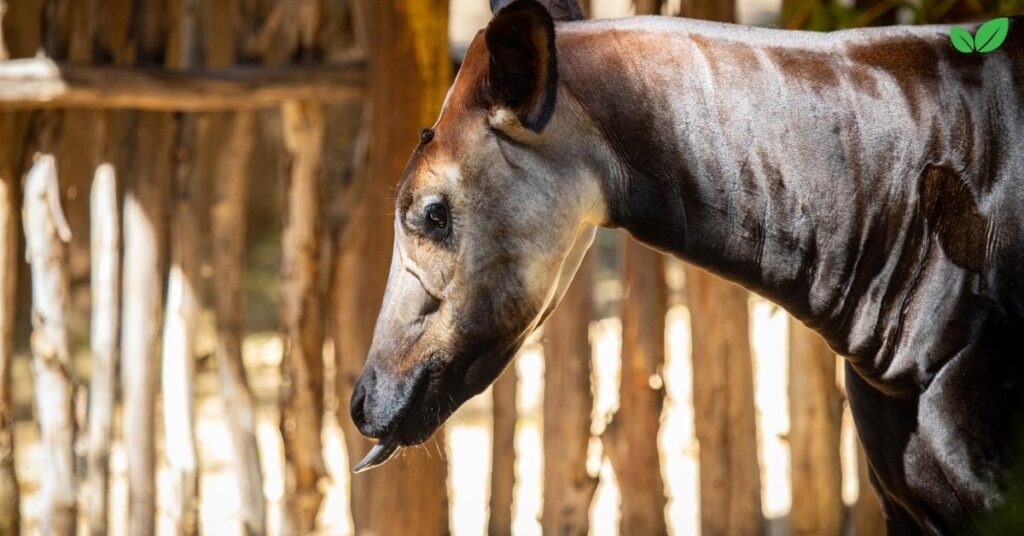
3.1 Morphological Features
- Size and Build: From the diminutive dik-dik, which stands at just 14 inches tall, to the towering eland, which can weigh over 2,200 pounds, antelope species have evolved to suit their environments. Smaller species are often agile and rely on speed and stealth, while larger antelopes are more robust and capable of defending themselves against predators.
- Horns: Both males and females in some species have horns, which are used for defense and intraspecific competition. The shape and size of horns vary widely, from the spiraling horns of the kudu to the sharp, straight horns of the oryx.
3.2 Dietary Adaptations
- Grazers: Species like wildebeests and hartebeests primarily feed on grass, maintaining open savanna ecosystems.
- Browsers: Duikers and kudu consume leaves, shrubs, and fruits, helping to shape woodland and forest vegetation.
- Mixed Feeders: Impalas switch between grazing and browsing, depending on seasonal availability of resources.
3.3 Behavioral Adaptations
- Social Structures: Some antelopes, like gazelles and wildebeests, form large herds for protection and to enhance foraging efficiency. Others, such as bushbucks, are solitary and rely on camouflage to evade predators.
- Migration: Species like the blue wildebeest undertake long migrations in search of water and fresh grazing grounds, playing a vital role in nutrient redistribution across ecosystems.
- Predator Avoidance: Antelopes exhibit keen senses of sight, hearing, and smell, coupled with speed and agility, to evade predators. Some species, like the springbok, perform high leaps (pronking) to deter predators or signal fitness.
4. Ecological Role of African Antelopes
Antelopes are keystone species in African ecosystems, influencing vegetation dynamics, nutrient cycling, and predator-prey relationships.
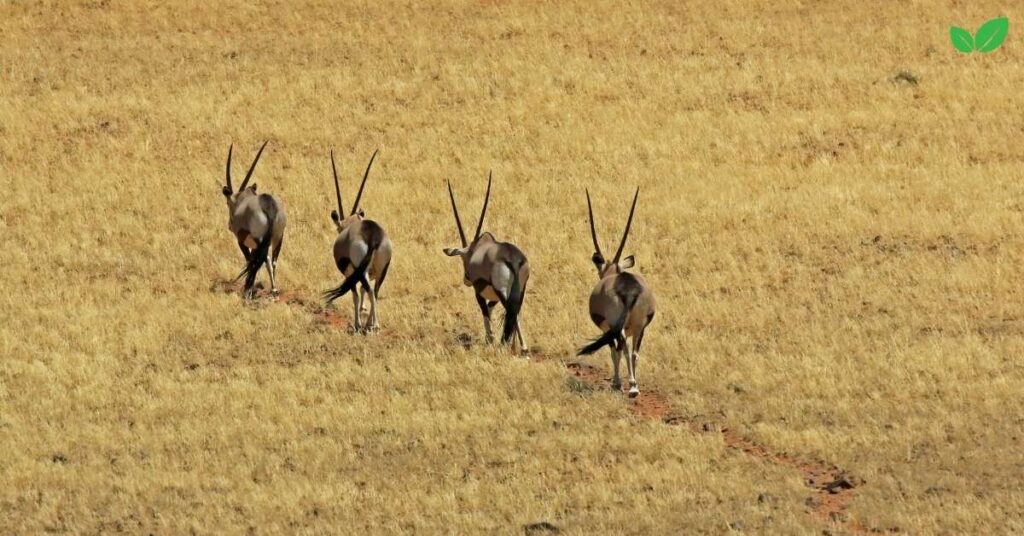
4.1 Grazing and Browsing Impacts
By feeding on grass and shrubs, antelopes regulate plant growth, prevent overgrazing, and maintain the balance between grasslands and woody vegetation. This grazing behavior supports biodiversity by creating habitats for smaller organisms.
4.2 Nutrient Cycling
Antelopes contribute to nutrient cycling through their dung, which enriches the soil and supports plant growth. Their movement across the landscape also helps disperse seeds, promoting vegetation regeneration.
4.3 Prey Base for Predators
Antelopes are a primary food source for Africa’s apex predators, including lions, cheetahs, leopards, and hyenas. Their abundance directly influences predator populations and ecosystem stability.
5. Threats to African Antelopes
Despite their ecological importance, African antelopes face numerous threats that have led to population declines for many species.
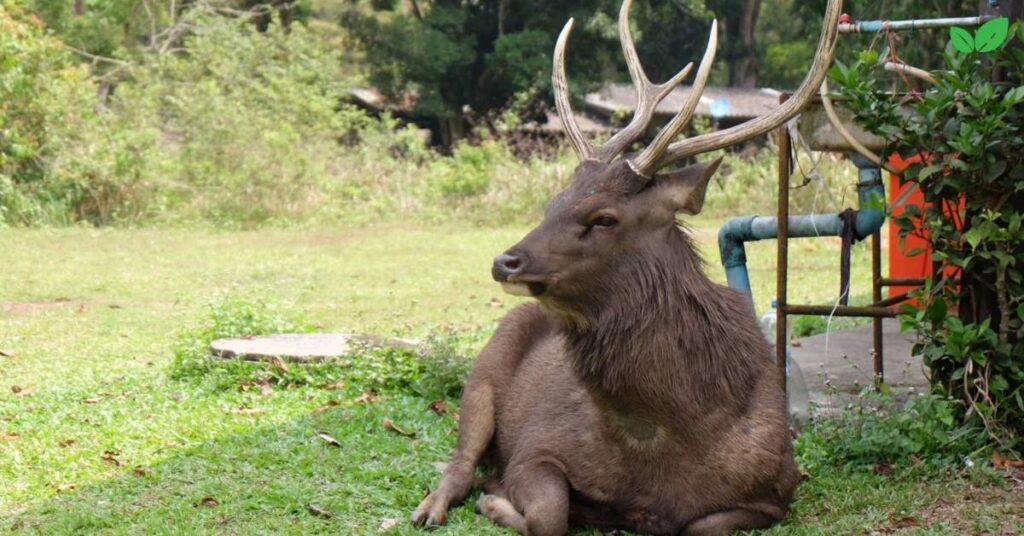
5.1 Habitat Loss
Agricultural expansion, urbanization, and infrastructure development have resulted in significant habitat fragmentation and loss, reducing the availability of grazing and breeding areas.
5.2 Poaching and Illegal Hunting
Antelopes are hunted for their meat (bushmeat), horns, and hides. Poaching poses a significant threat, particularly for species with distinctive horns, such as the sable antelope and addax.
5.3 Climate Change
Shifting weather patterns and prolonged droughts due to climate change have disrupted antelope migration patterns, reduced water availability, and degraded their habitats.
5.4 Human-Wildlife Conflict
As human populations expand into antelope habitats, conflicts over resources and crop raiding have increased, leading to retaliatory killings and further declines in antelope numbers.
6. Conservation Efforts for African Antelopes
Recognizing the ecological and cultural importance of antelopes, conservationists and governments have implemented measures to protect these species and their habitats.
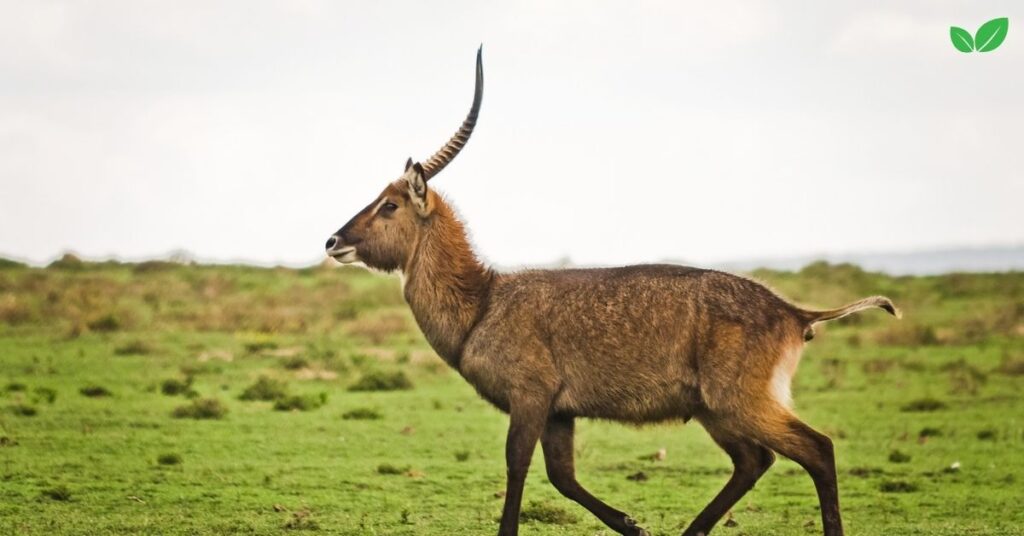
6.1 Protected Areas and National Parks
Many antelopes are safeguarded within national parks and reserves, such as the Serengeti, Kruger National Park, and Okavango Delta. These areas provide safe habitats and facilitate migration routes.
6.2 Anti-Poaching Initiatives
Efforts to combat poaching include increased patrols, community-based conservation programs, and the use of technology, such as drones and GPS tracking, to monitor populations and deter illegal activities.
6.3 Habitat Restoration
Reforestation, wetland rehabilitation, and sustainable land management practices aim to restore degraded habitats and create corridors for antelope movement.
6.4 Captive Breeding and Reintroduction
Programs to breed endangered antelopes in captivity, such as the scimitar-horned oryx, have successfully reintroduced individuals into the wild, helping to rebuild populations in their native habitats.
6.5 Community Involvement
Engaging local communities in conservation efforts through ecotourism and education promotes coexistence and provides economic incentives to protect antelopes and their habitats.
7. Iconic African Antelope Species
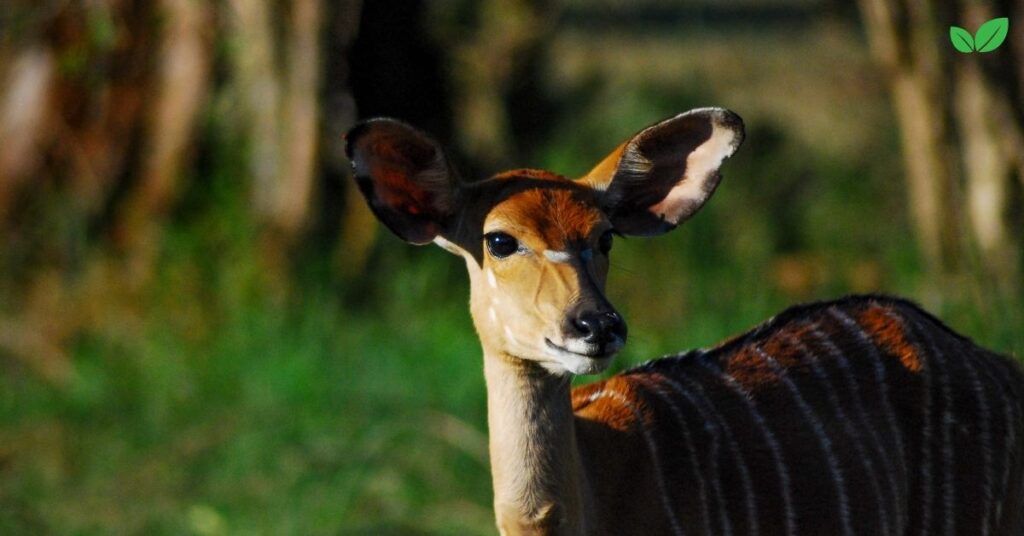
7.1 Impala (Aepyceros melampus)
Known for their agility and grace, impalas are among the most common antelopes in Africa. They are mixed feeders and form large herds, making them a key prey species for predators.
7.2 Wildebeest (Connochaetes spp.)
Famous for their annual migration across the Serengeti, wildebeests are essential to nutrient cycling and ecosystem connectivity.
7.3 Kudu (Tragelaphus spp.)
Kudus are known for their striking spiraled horns and cryptic coloration, which helps them blend into dense vegetation.
7.4 Dik-Dik (Madoqua spp.)
These small, monogamous antelopes inhabit arid and semi-arid regions, relying on shrubs and low vegetation for food and shelter.
7.5 Oryx (Oryx spp.)
Adapted to desert environments, oryxes have remarkable physiological adaptations to conserve water and withstand extreme heat.
8. Future Prospects for African Antelopes
The survival of African antelopes depends on continued conservation efforts and sustainable land management practices. Addressing threats such as habitat loss, poaching, and climate change requires collaboration among governments, conservation organizations, and local communities.
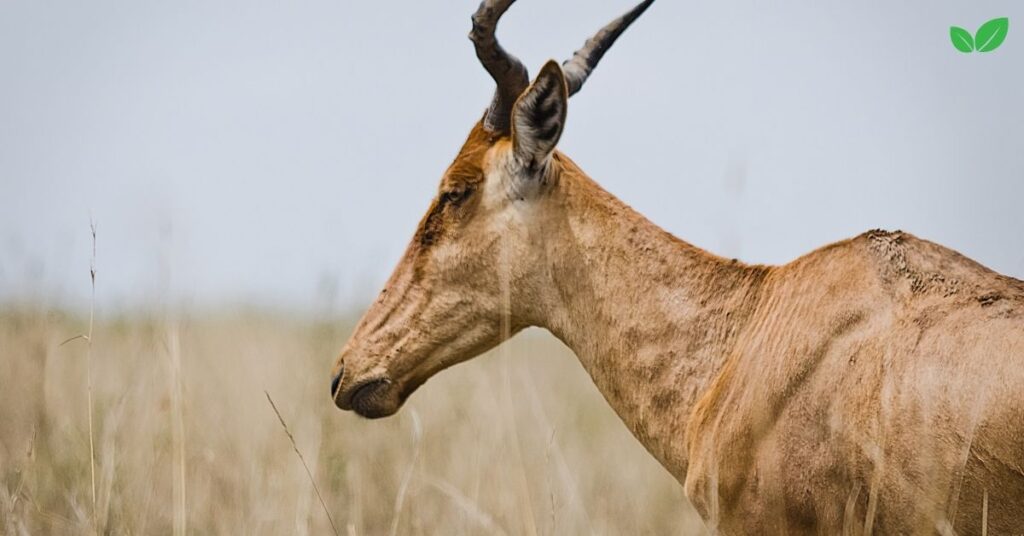
Advances in technology, such as remote sensing and genetic research, offer new tools for monitoring populations and improving conservation strategies. By valuing antelopes for their ecological, cultural, and economic importance, we can ensure that these iconic animals remain an integral part of Africa’s landscapes.
9. Conclusion: Protecting Africa’s Antelope Legacy
African antelopes are not only symbols of the continent’s natural beauty but also essential players in maintaining ecological balance. Their diverse habitats, behaviors, and adaptations reflect the resilience of life in Africa’s dynamic ecosystems. Protecting antelopes and their habitats is vital for preserving biodiversity, supporting sustainable development, and honoring the natural heritage of Africa. By fostering coexistence and investing in conservation, we can ensure a future where antelopes continue to roam the grasslands, woodlands, and deserts they call home.
Read More: African Animals with Horns: Icons of the Continent

